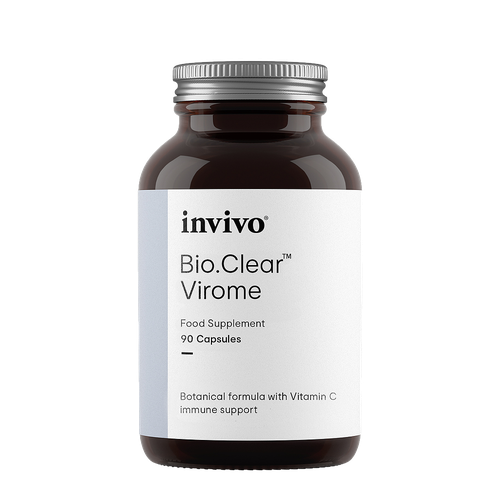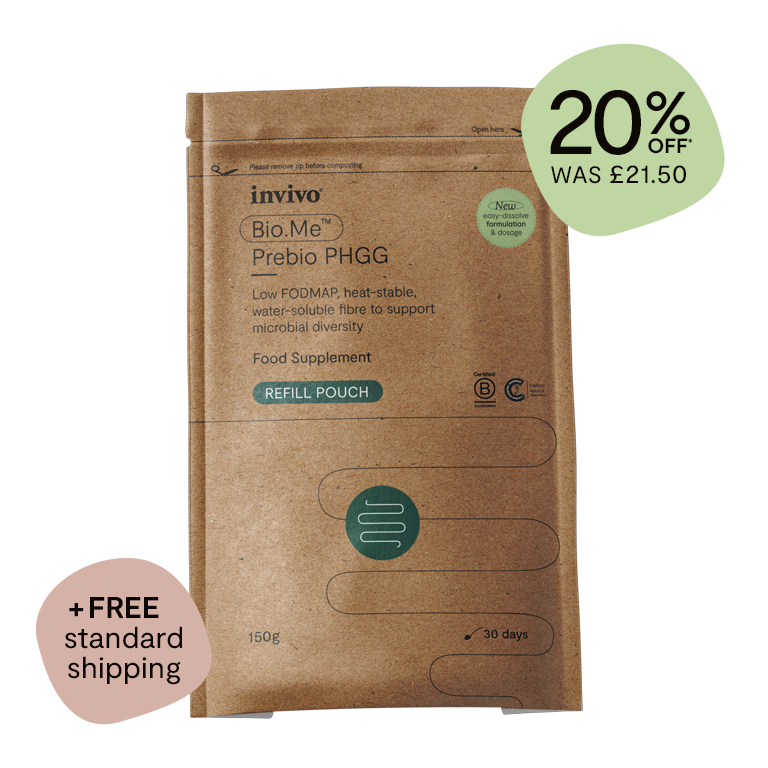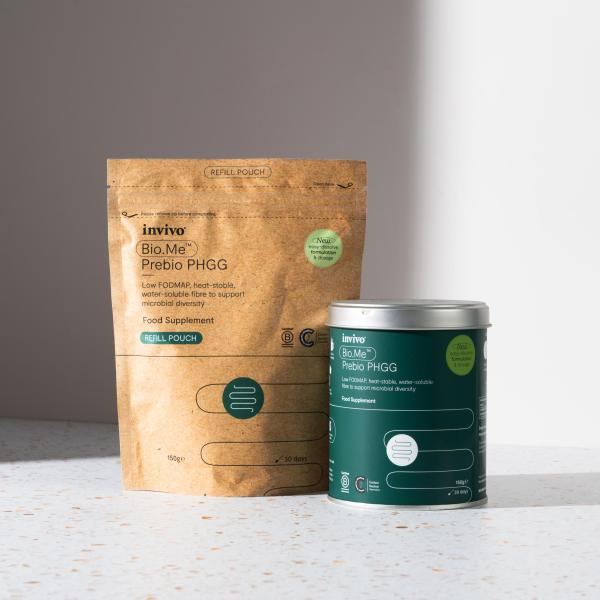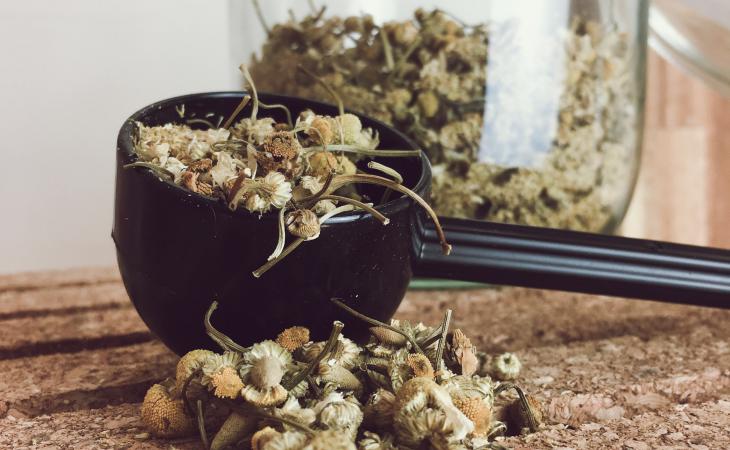Chamomile (Matricaria chamomilla)
Traditionally, Chamomile is known for two major areas of action – for its carminative impact on the GIT, and as a nerve tonic. In Western herbal medicine, Chamomile is ascribed the actions of an anti-inflammatory, spasmolytic, mild sedative, anti-ulcer, carminative, vulnerary, and diaphoretic (1). Chamomile is rich in flavonoids – the most studied being apigenin and luteolin, and in volatile oils, proazulenes such as matricine and its degradation product, chamazulene.
Apigenin has been shown to possess potent in vivo and in vitro anti-inflammatory activity by pleiotropic influence on multiple molecular pathways (2). It has been shown to inhibit cell growth, sensitise cancer cells to elimination by apoptosis, and hinder the development of blood vessels to serve the growing tumours (2). It also has actions that alter the relationship of the cancer cells with their microenvironment. Apigenin has been shown to reduce cancer cell glucose uptake, inhibit re-modelling of the extracellular matrix, inhibit cell adhesion molecules that participate in cancer progression, and oppose chemokine signalling pathways that direct the course of metastasis into other locations (2).
Additionally, studies on the human gastric mucosa have shown inhibition of neutrophil elastase and gastric metalloproteinase-9 activity and secretion, which was associated with the inhibition of NF-kB driven transcription (3). These mechanisms may also explain Chamomile’s anti-ulcer and anti-inflammatory activities.
In vitro studies have shown chamomile and its constituents to be inhibitory to the growth of S. aureus, E. coli, P. aeruginosa, and S. epidermidis (4).
In addition to the GIT benefits of chamomile, it has also traditionally been used as a mild relaxant. Preclinical research has revealed a range of effects considered to be mediated via modulation of the GABA system, and some clinical trials in humans have shown it to be helpful in cases of general anxiety disorder (5).
Lemon Balm (Melissa officinalis)
Lemon balm has been traditionally used to treat gastrointestinal symptoms associated with nervousness and spasms. It has also been used to reduce irritability, restlessness and anxiety (5). Research in IBS and colitis have shown lemon balm to reduce visceral hypersensitivity and cytokine profiles in rat models (6). The essential oils have demonstrated pain-relieving activities in the gastrointestinal tract, and neuroprotective qualities (7).
In human studies, lemon balm has moderately improved anxiety symptoms. In vitro studies have revealed anxiolytic activity via elevation of GABA levels from inhibition of GABA-transaminase (8).
Ashwaganda (Withania somnifera)
Withania is a native herb to India, which has traditionally been used as a tonic food, adaptogen, nervine, sedative and anti-inflammatory. It has been shown to improve neutropenia, has been used in children to improve resilience, and possesses similar effects to panax ginseng as an adrenal tonic (9).
In rodent studies, withania was shown to decrease the number and severity of stress-induced ulcers, reversed stress-induced inhibition of male sexual behaviour, and inhibited the adverse effects of stress on retention of learned tasks. Withania also increased peritoneal macrophage activity (10).
Recent research has shown withania to have statistically significant inhibitive activity to candida spp. growth in-vitro (11). Witherin A, a constituent of withania, has been shown to induce apoptosis by ROS-dependent mitochondrial dysfunction in human colorectal cancer cells (12).




